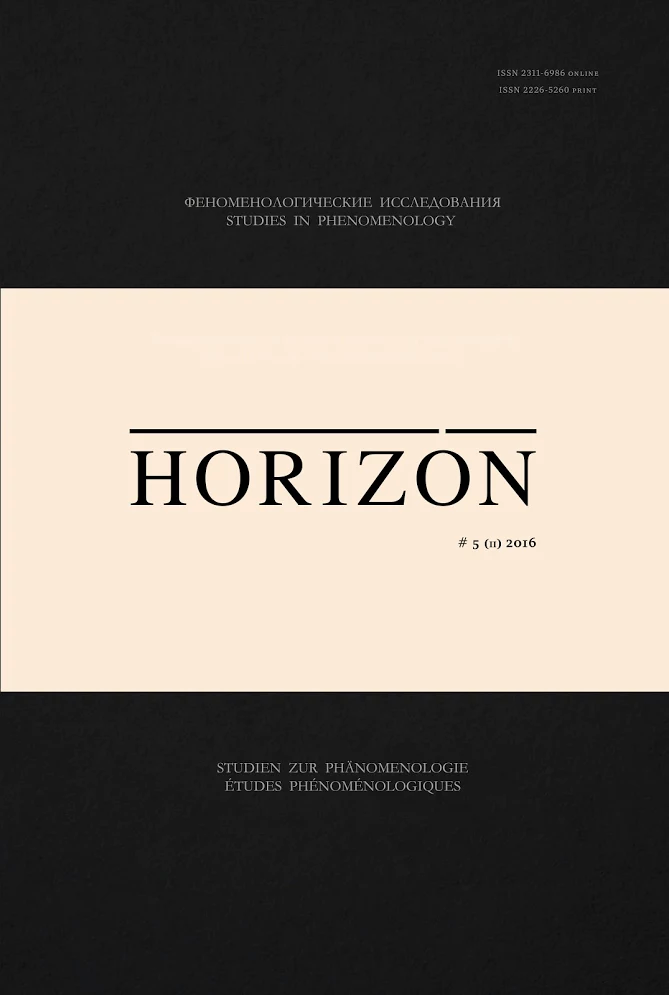ПЕРЕВОРОТ ВЕРЫ. ЧТО ЗНАЧИТ БЫТЬ САМИМ СОБОЙ
ПО КЬЕРКЕГОРУ?
FAITH AS OVERTURNING. WHAT IS “TO BE ONESELF”
ACCORDING TO KIERKEGAARD?
Author(s): Alexey LyzlovSubject(s): Ethics / Practical Philosophy, 19th Century Philosophy, Existentialism, Philosophy of Religion
Published by: Издательство Санкт-Петербургского государственного университета
Keywords: Spirit; Selv; finite; infinite; possible; necessary; fantasy; negative; positive; faith; jump;
Summary/Abstract: One of the most important tasks of Dasein-analytical work is the task to help the person to learn to be oneself. The question of how is it possible to find oneself, to find “the most my ability to be” is one of the major issues in Heidegger’s Being and Time. However, Heidegger works not in a vacuum.Before him this issue explores S. Kierkegaard. M. Heidegger is obliged to this author very much;even the concept of Dasein has a prototype in Kierkegaard’s Tilværelse. In this article we analyze how S. Kierkegaard understands what it means to be oneself, revealing Kierkegaard’s understanding of human beind as Selv (danish word that is difficult to translate into Russian; in the article we will leave it without translation, arguing in favor of this). Understanding Selv in accordance with S. Kierkegaard as “positive third” in a human being as the synthesis of opposites, we trace how a fixation on one term of synthesis in prejudice of the other leads to going away from being oneself.We take such pairs of opposites as the finite and the infinite, the temporal and the eternal. Further we speak on how the self-attitude as belonging to the self-consciousness is rooted in the attitude to oneself, carried out in acting, and describe three ways of giving up being oneself (three ways to despair), that are analyzed by S. Kierkegaard in terms of self-awareness. Finally, we show that,according to S. Kierkegaard, there is no continual transition from the state of alienation from the real being oneself (the state, that is initial for each human being) to the authentic being oneself; and that the transition from one to the other requires, in the Kierkegaard’s terms, a “jump”, associated with the coming to believe. This “jump” at the same time leads to the change of attitude to the other. In conclusion of the paper we set a problem of possibility of such a “jump” in psychotherapy.
Journal: Horizon. Феноменологические исследования
- Issue Year: 5/2016
- Issue No: 2
- Page Range: 109-121
- Page Count: 13
- Language: Russian

